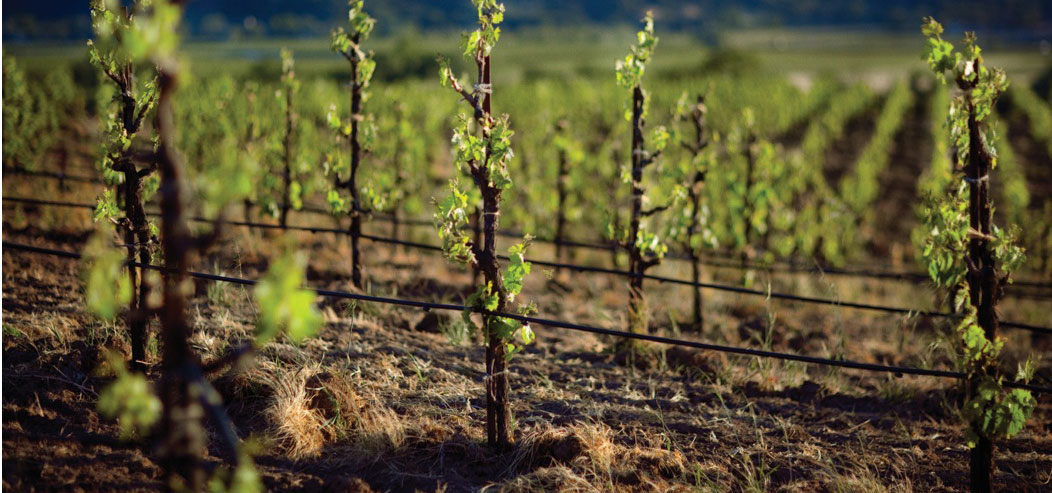
California’s not exactly known for subtlety, so it is little surprise that a voluptuous wine (whose heady perfume precedes it) has found a happy home sunbathing up and down the slopes of the Golden State.
But despite having an abundance of curves in all the right places, California Viognier is no floozy. Her charms can bridge that divisive chasm between Chardonnay and Sauvignon Blanc loyalists, and even turn the heads of the “I only drink red” crowd, while gracefully partnering everything from asparagus to shellfish.
A fraternal twin of Northern Italy’s Freisa grape and a cousin of its noble Nebbiolo grape, Viognier came to France’s Rhône Valley in 281 A.D. by way of Romans traveling from Croatia. Several theories explain the origin of the grape’s name, with perhaps the most compelling being the Roman pronunciation of “via Gehennae,” meaning “road to hell.” In other words, Viognier’s a bitch of a grape to grow.
Both reluctant to produce and late to ripen, Viognier becomes even higher maintenance with a brix content (sugar level) that can surge rapidly and unpredictably, turning it from flavorless and acidic to overblown and flabby in just a matter of days. Add in the phylloxera devastation of the 1860s and the abandonment of vineyards after World War I and Viognier was virtually extinct by 1965.
In the late 1980s, the U.S. took a chance with Viognier, and though it’s now grown in more than a dozen states (it was even named Virginia’s state grape in 2011). California lays claim to 2,500 acres of it, with Central Coast’s cooler climate being the best match for the grape’s fickle nature.
While Viognier’s most ardent admirers maintain that its Old World birthplace produces the finest examples, the diminutive size of Rhône’s Viognier-approved appellations (Condrieu spans 250 acres, and Château-Grillet a measly 8.6 acres) mean that the voluminous wine comes with an equally voluminous $50 price tag.
Of course, Viognier’s still not a cheap date in California (prices range from $13 for the perfectly serviceable Bonterra to $30 for benchmark examples like Morgan Clendenen’s Cold Heaven), yet what do you expect from a wine that transports you to an exotic garden at first sniff?
Flitting from honeysuckle and apricot to jasmine and ripe pear, Viognier’s come-hither aroma is just a front for the depth of her palate—a cocktail of white melon, lychee and candied ginger delivered with a creamy texture and the tingling acidity of a perfectly ripe peach.
Viognier demands to be noticed and, at her best, becomes unforgettable, leaving traces of her perfume to linger long after she’s gone. Bear in mind though that California Viognier can often exceed 14% ABV, so just don’t get too swept away.










